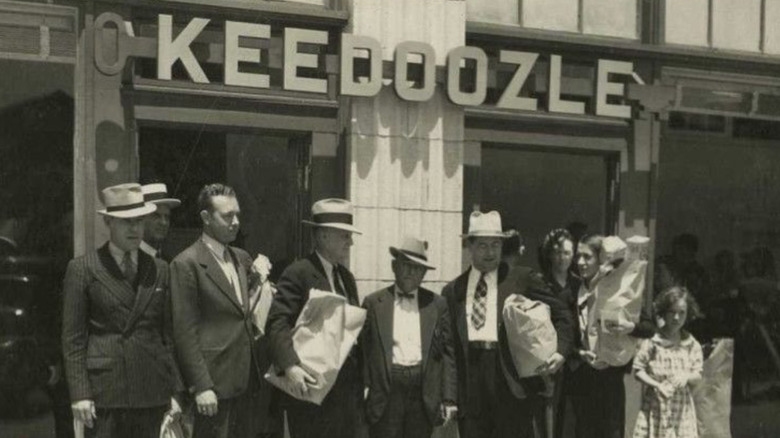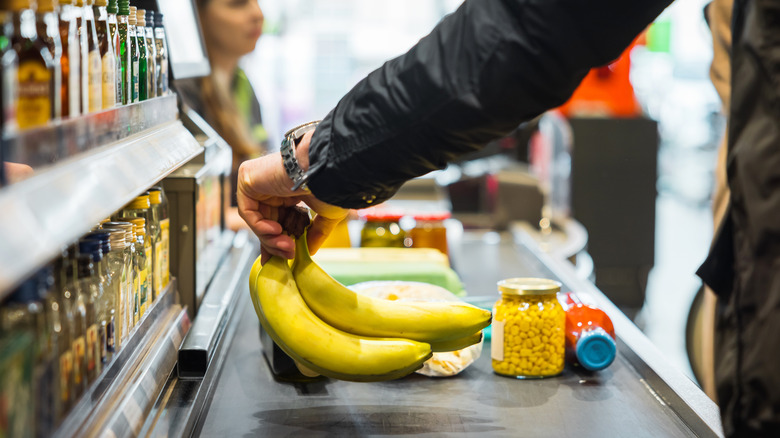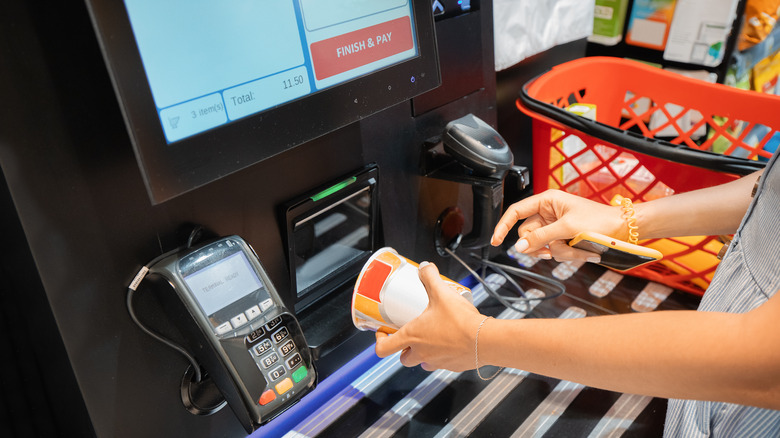Keedoozle: The Retailer That Was Half Grocery Store, Half Vending Machine
Automated self-checkout grocery shopping might seem like a modern invention made for the tech-savvy world of 2024, but the United States' first fully automated grocery store predates the days of Kroger, credit cards, and electric scanners by almost a century.
In 1937 in Memphis, Tennessee, grocer Clarence Saunders dreamed up Keedoozle, a groundbreaking concept that promised to move beyond the smaller, more specialized mom-and-pop stores of the day to offer shoppers everything in one place without the need to drag around a shopping cart. How did Keedoozle do this? Well, Saunders (who also founded the Piggly Wiggly chain in 1916) decided that he could cut down on labor costs by getting rid of most of his staff, something he claimed also cut prices for customers, and opened a supermarket that was half grocery store, half vending machine.
The future of grocery shopping, it seemed, had arrived. Saunders certainly thought so, anyway. Dreaming big and hoping to open up further franchises in cities across the United States, in 1947, he told Time Magazine, "It can't miss. It's the biggest thing I've ever had."
Electric pulses and ticker-tapes
So, how did it actually work? Well, the clue (or key) is in the name here. 'Keedoozle' was a play on the words 'key does all', and when shoppers arrived at the store, they were confronted with huge glass cases (essentially giant vending machines) and given a key. Once they browsed the products on offer, which were usually non-perishable canned and dried goods, shoppers inserted their key into the product window they wanted and chose how many they needed. This would magically track their purchases on a ticker tape and retrieve the products from a giant conveyor belt in the back. Sounds futuristic, right? Time Magazine spoke of 'electric pulses' and a 'translator machine' running the system, whatever that means.
But ironically, for all Saunders' ambition these conveyor belts actually had to be manned by staff, who would retrieve and load the items and then send them back on the belt via long, sci-fi-esque chutes, something that not only cut into his sought-after labor savings but was also a weirdly prescient precursor to the mega warehouses of today's retail giants. The customers then had to simply make their way to the check-out to pick up their items, where their check would be ready and waiting, presumably amazed by this technological innovation. But as we all know with tech, things can go wrong, and even today in the 21st century self-checkouts aren't immune to problems.
Where did it all go wrong?
It was the tech that ultimately let down Keedoozle. For all Saunders' forward-thinking, it seems his idea was a little too ahead of his time. Put simply, the mid-20th century technology couldn't deal with the demand and doomed the idea to failure. Wires were crossed, circuits failed, and at busy times the conveyor belt couldn't keep up with the orders, which meant they were delayed and stocked with the wrong products. When Saunders bragged to Time Magazine of his 'can't miss' idea, two Keedoozle stores had already been forced to close. The third and final store shut just a year later, in 1949.
Yet Saunders' fingerprints can be found all over the grocery industry of today. Not only does his Piggly Wiggly franchise survive, but self-checkout service is growing. According to figures from the Food Industry Association, self-checkout use is increasing in America: in 2022 almost a third (29%) of purchases at food retailers were made through self-checkouts. Thirty-eight percent of pay lanes in American grocery chains are now self-checkout, according to shopping survey data from Catalina Marketing.
Ultimately, Keedoozle was too far ahead of its time and the tech available. Perhaps if Clarence Saunders had been born a few generations later, he would now be a big-time player in the grocery industry along with the likes of Kroger and Amazon, companies now exploring many of the same ideas he had, all those years ago.


